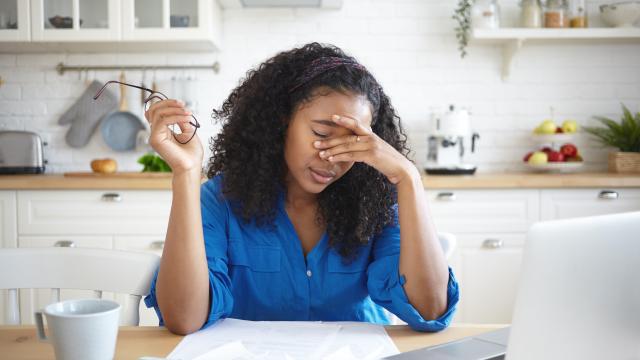Given the state of inflation, uncertainty in the labour market, and the looming specter of a recession, many of us are currently focusing on our day-to-day finances, allowing our savings goals to take a backseat for the time being. However, a tough economy is exactly when building up your savings should be a priority — specifically, growing your emergency fund.
I spoke with WalletHub analyst Jill Gonzalez about why an emergency fund is so important in uncertain times, and how and why your savings goals should differ this year. Here’s what to know about saving for the bad times when it looks like they may be just around the corner.
Why an emergency fund is more important than ever right now
First, a recap on what exactly constitutes an “emergency fund,” as opposed to other savings vehicles: Your emergency fund is the cash reserve set aside for unplanned expenses or financial hardship, like job loss, medical emergencies, or suddenly urgent car or house repairs.
Gonzalez explains that an emergency fund is important to build, “so you aren’t caught off-guard by any financial shock..Without a rainy-day fund, a large unplanned bill or payment could turn into long term debt — usually credit card — that will have a lasting effect on your budget.” And because there are a lot of troubling economic indicators that a recession is in the offing, increasing the possibility of a layoff or reduction in income, you’ll want to make sure to stock away what you can before money becomes too tight to do so.
How much money to target in your emergency fund in 2023
As we’ve previously advised, the typical rule of thumb is to aim for six months’ worth of living expenses in your emergency fund. When you’re figuring out that number, factor in expenses like housing, food, utilities, insurance, transportation, and debt payments. Non-essential expenses like vacations, entertainment, or dining out don’t belong in your “emergency” calculations.
However, the ideal amount of savings in your emergency fund should change in response to the state of the economy. So when you’re living in, well, an inflation-ridden hellscape, Gonzalez says you should actually try to save even more than the typical six months. “If possible, you should try to have nine months’ worth of take-home income stashed away in an emergency fund,” according to Gonzalez. “This may seem excessive, but it’s easy to underestimate how much money you’ll need in case of an emergency.”
If even six months worth of expenses is too unrealistic a goal for your current financial situation, another guideline for what counts as a “starter” emergency fund is around one month of rent plus your insurance deductible.
Here’s what else to consider if the idea of building an emergency fund feels daunting right now:
How to start saving when the economy is bad
Setting aside savings might not feel like a priority when times are tough. Gonzalez notes that even if you find it more difficult to save money during this time of record-high inflation, building an emergency fund is not impossible. Start by rerouting some of your expenses. If you haven’t already, make a list of all the things you spend money on, and consider which non-essential expenses could go to your emergency fund instead.
Luckily, “cutting back” on your spending might not be as draconian as it seems. (In other words, you can probably still buy the occasional morning coffee.) To get started, check out our tips to quit spending unconsciously.

Leave a Reply
You must be logged in to post a comment.